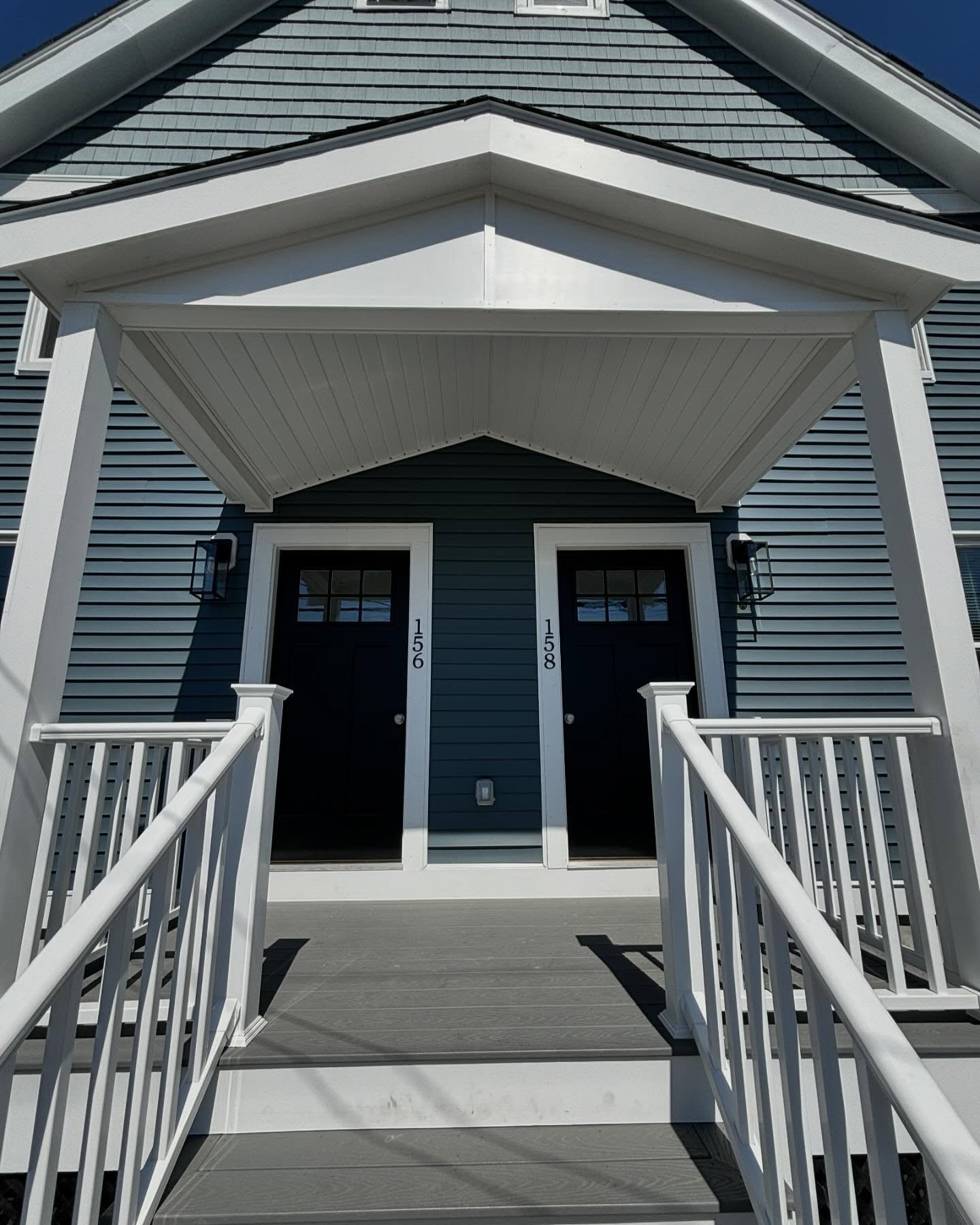
Color Psychology: Understanding the Emotional Impact of Your Paint Choices Nov 10, 2025
When it comes to color psychology, each color carries its own unique set of associations and potential effects. Let's begin with warm colors such as red, orange, and yellow. Red is known for its ability to energize and excite. It can raise a room’s energy level, making it a perfect choice for stimulating spaces like kitchens or home gyms. However, too much red might feel overwhelming, so it’s best used as an accent rather than a primary color.
Orange, on the other hand, has a friendly and welcoming vibe that sparks creativity and enthusiasm. It's an excellent option for playrooms or home offices where innovation and lively interaction are key. Yellow, associated with happiness and optimism, works well in kitchens, dining rooms, and bathrooms where cheerful brightness is desired. Yet, be cautious with its intensity, as overly bright yellows can lead to feelings of frustration and anger.
Moving towards cool colors, blue and green stand out for their calming and soothing effects. Blue, reminiscent of the sky and ocean, promotes tranquility and relaxation. It’s ideal for bedrooms and bathrooms, creating a serene sanctuary to unwind in. However, softer shades are preferable as darker blues may evoke sadness. Green, often symbolizing nature, brings a sense of balance and renewal to any space. With its calming effect, green is perfect for almost any room in the house, especially spaces dedicated to relaxation or studying.
Neutral colors like white, gray, and beige provide versatility and understated elegance. White is synonymous with cleanliness and simplicity, promoting an airy and spacious feel. It's perfect for small, dark rooms that could use some light and openness. Gray offers sophistication and modernity, and its ability to complement a range of colors makes it a dependable choice for any room. Beige, with its warm undertones, provides a cozy yet elegant backdrop that works well in living areas, offering warmth without overwhelming the senses.
An often-overlooked aspect of color psychology is how cultural differences and personal experiences can influence the emotional impact of colors. For instance, while white typically represents purity and cleanliness in Western cultures, in some Eastern cultures, it might symbolize mourning. Understanding your own cultural influences and personal associations with colors can guide more personalized and meaningful paint choices.
At Prime Paint Group, we believe that choosing the right colors is a vital part of creating spaces that do more than look beautiful. They should feel right, too. Our experts are here to guide you through the process of selecting palettes that resonate with your personal and professional needs. Whether you’re repainting one room or an entire office, making informed color choices can transform your space and enhance your quality of life.
To sum up, consider how you want your space to feel when choosing paint colors. Let your unique personality, emotional needs, and color psychology lead you to the perfect palette. With the right guidance, a little color can go a long way in transforming your environment into a true haven.
/filters:no_upscale()/media/fe673b58-b6c4-41a9-b237-fa980e7f65df.jpeg)
/filters:no_upscale()/filters:format(webp)/media/51eeacda-9237-4f2d-a4ed-adc719a98c44.jpeg)